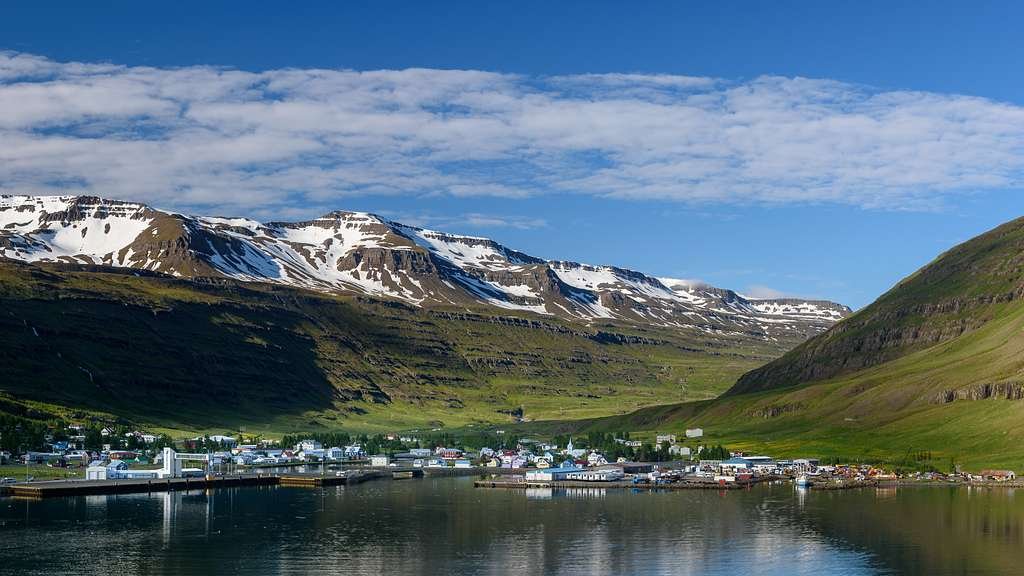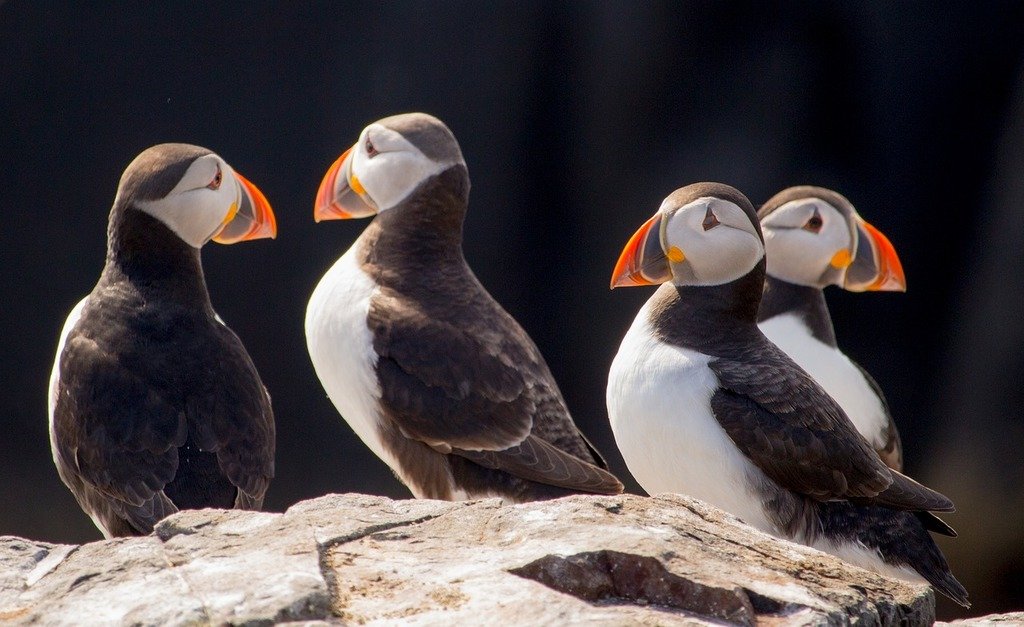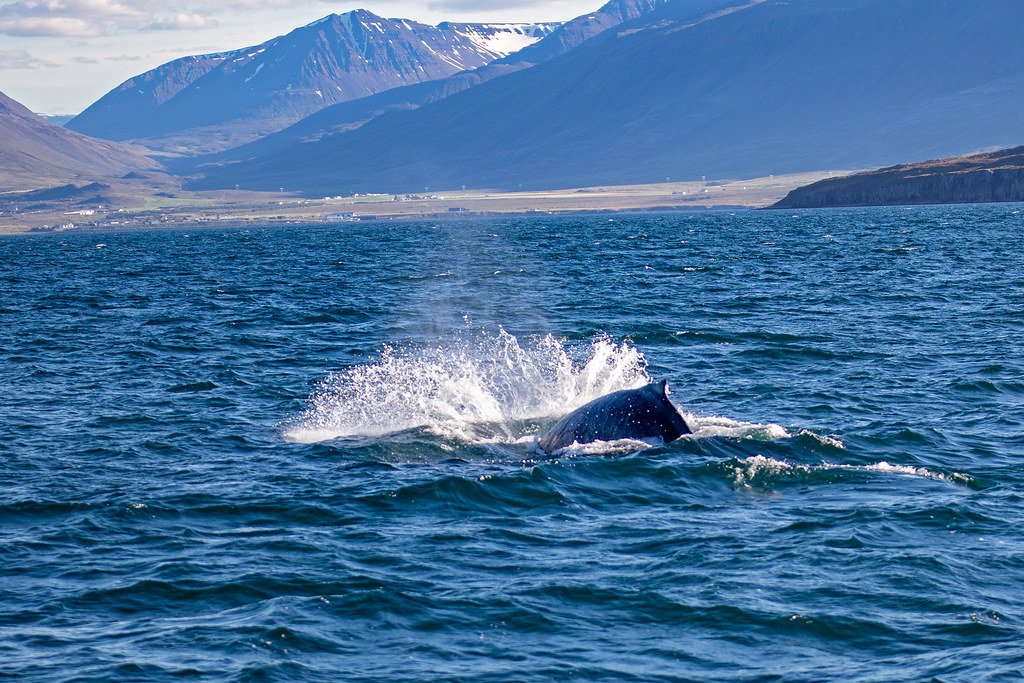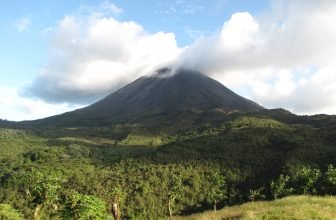
If you’ve ever thought about going to Iceland, summer might just be the best time. Not the only time, of course — winter has its charm too — but summer offers something a bit different. A little more forgiving, a little more open. The weather is (mostly) mild, the days are long — extremely long — and so much of the country that’s closed off in winter finally opens up.
Here are seven good reasons to consider it. Not exhaustive. Just compelling enough to maybe push you from “thinking about it” to actually booking that flight.
1. You can make the most of the midnight sun
Let’s start with the light. Iceland in summer is bright. Really bright. In June, the sun barely sets at all — maybe dips just below the horizon for an hour or two, but then it’s right back up again. That means you have this almost dreamlike ability to do… well, almost anything at any time. Want to hike at 10 p.m.? No problem. Take a dip in a geothermal pool after dinner? Still plenty of light for that.
It’s a strange experience, being tired but surrounded by daylight. It messes with your sense of time a little — in a good way, mostly. You find yourself saying, “We’ve got time,” more than you normally would on vacation. You squeeze in an extra stop, an extra trail, or just sit a bit longer at that little café in the middle of nowhere because it doesn’t feel late yet.
There’s something quietly energizing about it. You go to bed later, sure. But it doesn’t feel like a waste.
2. There are puffins aplenty

Puffins. Yes, the cartoonish little seabirds with bright orange beaks and awkward flying skills. They’re all over the place in summer — nesting on cliffs, waddling around with their beaks full of fish, occasionally just staring at you like they’re judging your camera angle.
Iceland is one of the best places in the world to see them, but only during a few short months. From late spring to around mid-August, they come ashore to breed. After that, they vanish into the North Atlantic — for months. So if you want to catch them, summer is it.
3. It’s peak whale season, too

It’s not just puffins that show up for summer — the whales come too. June through August is considered the prime time for whale watching in Iceland, and if you’ve never seen one in person, it’s… different. Hard to explain. You see a dark shape, a slow movement, a spout of water, and suddenly something massive and alive breaks the surface. For just a moment.
I took a boat tour out of Húsavík — often called the whale-watching capital of Iceland — and, maybe it was luck, but we saw humpbacks and minke whales, and even a few dolphins playing around in the wake. A guide said something about a blue whale being spotted earlier that week. Maybe he says that every week. But still, the hope makes the experience more exciting.
Even when you don’t see anything dramatic, there’s a kind of serenity in just being out on the cold water with the mountains behind you and the endless sky overhead. You start off hoping to spot something big. But even if you don’t, you rarely feel disappointed.
4. You can venture into the Highlands
The Icelandic Highlands are inaccessible for most of the year. Too rough, too snowy, too remote. But come summer, they open up — and they’re unlike anywhere else in the country. Maybe anywhere else, period.
It’s not the easiest area to explore. You’ll need a proper 4×4, and even then, some of the river crossings are intense. There’s a moment — maybe while fording a glacial stream, maybe when your GPS signal vanishes entirely — when you question whether this was a good idea. And yet, that’s part of what makes it memorable.
Places like Landmannalaugar or Þórsmörk are worth the effort. Hike a little, camp if you’re up for it. It doesn’t have to be extreme, just a bit beyond the ordinary.
5. The Westfjords are accessible
A lot of visitors skip the Westfjords. They’re not exactly on the way to anything, and the roads aren’t always straightforward. But in summer, they’re finally manageable — and that’s when the rewards show themselves.
Towering cliffs. Hidden beaches. Tiny fishing villages that feel like the edge of the world. And best of all, not a ton of other tourists.
Dynjandi is one of Iceland’s most beautiful waterfalls. So are dramatic sea cliffs like Látrabjarg — puffin territory again. There are also hot springs that you might have all to yourself. It’s the kind of place that demands a slower pace. Rushing through it would be missing the point.
6. You can cruise around icebergs
Jökulsárlón — the glacial lagoon on the south coast — is stunning year-round, but summer lets you get right into the middle of it. Boat tours run frequently, and they’ll take you weaving between massive chunks of ice that have broken off from the Breiðamerkurjökull glacier. Some are bright blue. Others are transparent, almost glass-like. They crackle and drip as they melt, quietly shrinking into the lagoon.
You can opt for an amphibious vehicle — slow and wide — or go for a smaller zodiac boat that zips between the icebergs. Either way, you’re right there. Seals occasionally bob in and out of view.
It doesn’t feel cold, somehow. Maybe it’s the sun, or the novelty of standing so close to something so ancient and impermanent at the same time.
7. It’s time to party
People don’t always think of Iceland as a party destination, but in summer, it sort of becomes one. Not in the wild, reckless sense — more like celebration, tradition, music, and a kind of collective joy that the long, dark winter has ended. There are festivals all over the country. Music festivals like Secret Solstice in Reykjavík or folk celebrations in smaller towns.
Locals come out in full force, and there’s a kind of openness in the air. Pride celebrations, food markets, midsummer events — it’s not all big and loud. Sometimes it’s just locals gathering for a community event with music and dancing and grilled lamb.
You don’t need to know anyone. Just show up. Smile. Maybe buy a hot dog from a food truck and see where the evening takes you. It’s light until midnight, remember?
There’s something kind of contagious about how much everyone wants to be outside. After a long winter, it makes sense.
Final thoughts
Summer in Iceland isn’t perfect. It’s not always warm. You’ll still need a rain jacket. The wind will occasionally try to knock you over. And yes, some of the more famous spots will be crowded. But there’s a sense of freedom to it. The kind you don’t always get from more polished, curated travel experiences.
There’s room to explore. To change your mind. To linger. Maybe that’s what makes it worth the trip. Not everything needs to be scheduled or explained. Sometimes, you just go.
Trending Products

